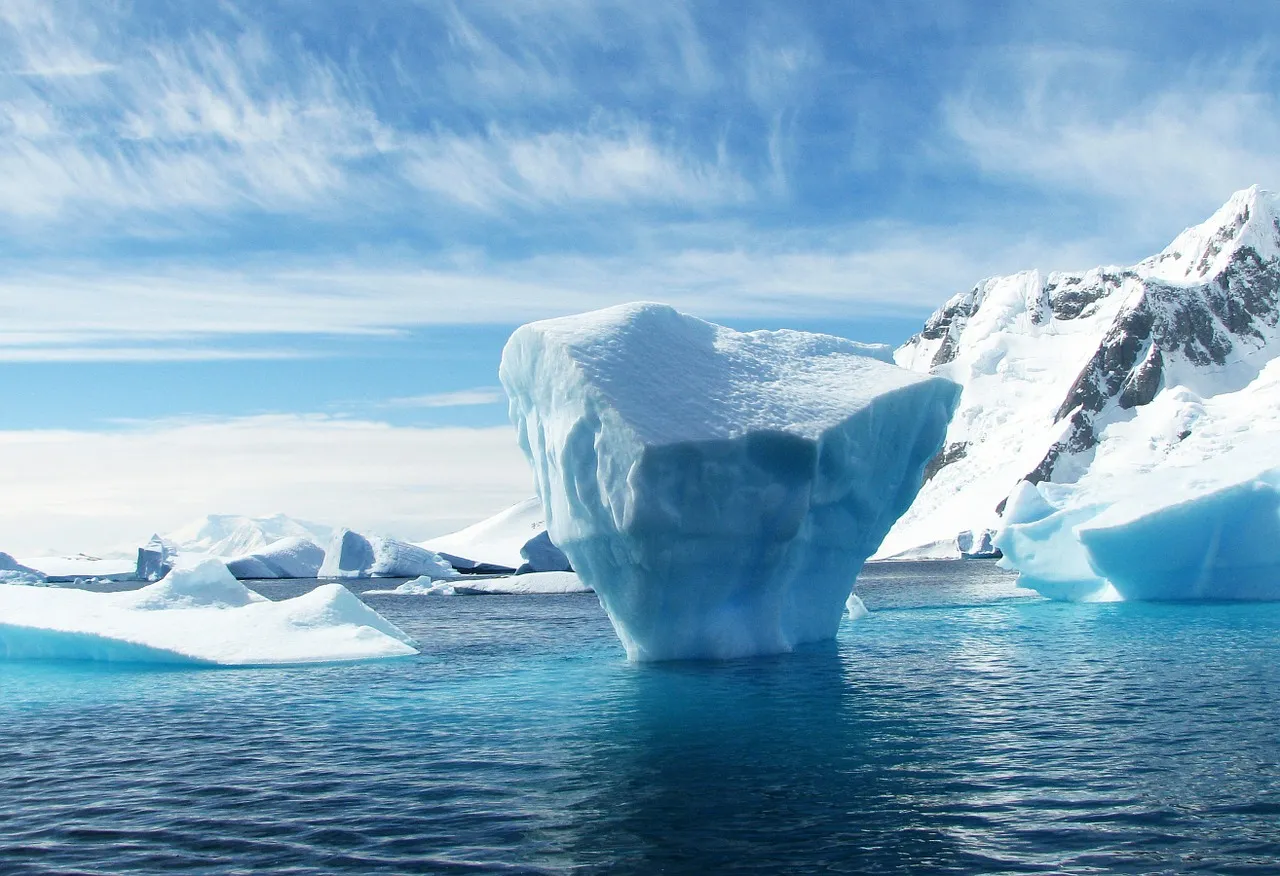
Most people don’t think much about icebergs. When the subject arises, my supercomputer/brain dredges up just two major references. One is the Titanic, since we know that story of the big ship sinking after hitting a large chunk of ice in the ocean. My brain’s second reference is that old cliché that 90% of an iceberg sits beneath the water (and below the 10% you can see, which is the part sticking above the water). After checking this online, it's close to being correct: about 87.5% of an iceberg sits below the surface of the water.
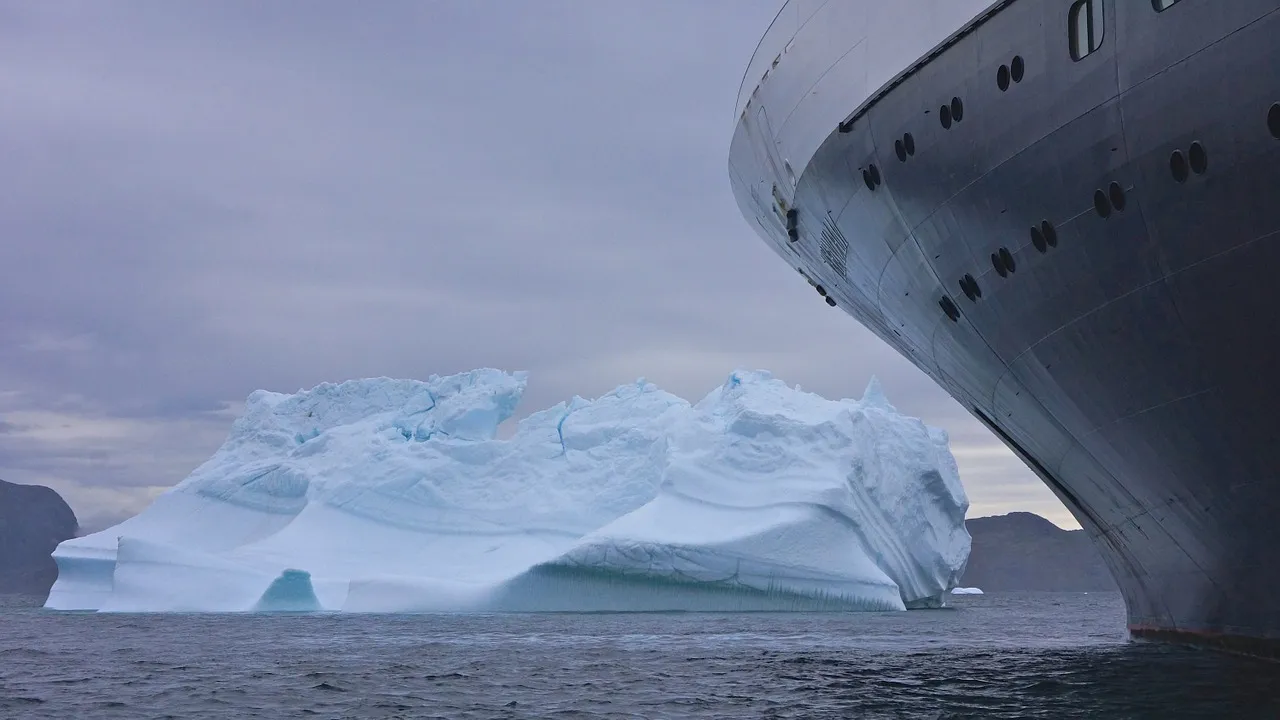
In a delayed reaction, my brain also recalls that I once read an article about towing icebergs to dry climates where they could provide a source of fresh water. (Yes, icebergs contain fresh water, not salt water.) That bell rang again when I noticed some recent discussion of this topic; it seems to come up regularly.
Australia, the Arabian peninsula, the Sahara, southern Africa, parts of China, the southwestern United States: these are places that can be challenging to live due to dry climates that seem to be getting drier. What a gift it would be to have a huge iceberg to place right above a drinking water reservoir, underground aquifer, or headwaters of a river. All of that melting ice could provide plenty of water for drinking, irrigation, and other uses.
There is a Canadian company that tows floating icebergs away from offshore oil platforms to prevent collisions, but its experience is limited to relatively small bergs and short tow distances. Could an iceberg really be towed halfway up the globe? Would it melt on the way from being lashed by warm waves and ocean currents? Would this towing idea be economically feasible? Could it work?
Let me start with the last question. It’s been a subject of debate since the idea first arose in the 19th Century. Some experts say it will never be worthwhile to tow an iceberg for thousands of miles. Others disagree, believing that it could be done relatively cheaply and without the loss of too much ice in transit. Both sides have their models, but neither mean much in the theory stage. Given the disparity between views, we simply won’t know the correct answer until someone tries it.
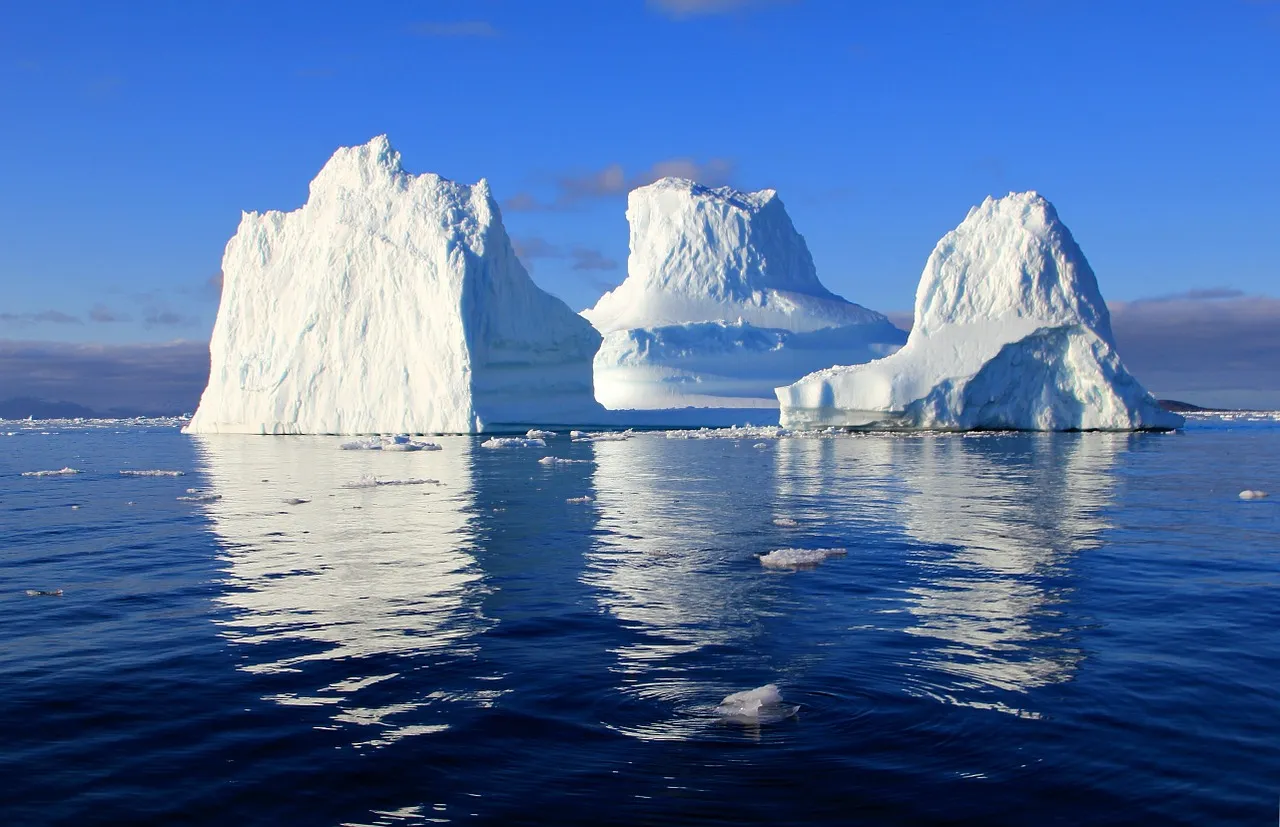
That opportunity may arise sooner rather than later. Population growth in some dry areas means that groundwater supplies will be gone in the near future. Given the high cost of pipelines and of desalinating seawater to make fresh water, could it make economic sense to tow an iceberg to somewhere like the United Arab Emirates (UAE), which is projected to run out of groundwater in the next 15 years? An engineering firm called NABL in Dubai has proposed to tow an iceberg there from Antarctica, stopping midway in Sydney or South Africa.
"If we succeed with this project, it could solve one of the world's biggest problems," Abdulla Alshehi, NABL's founder told NBC News. "So if we can show this is viable, it could ultimately help not only the UAE, but all humanity."
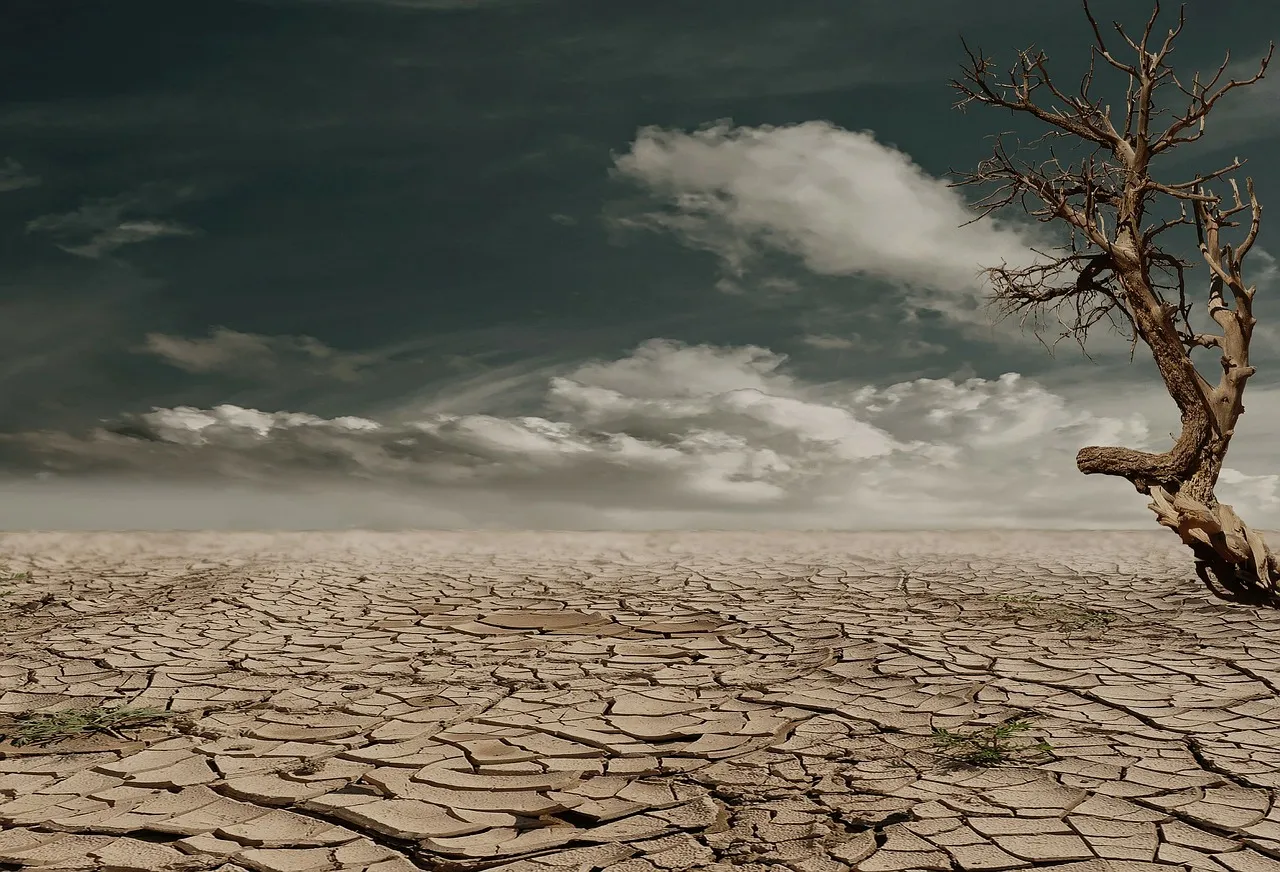
Looking at a map, Dubai is north of the equator, so an Antarctic iceberg would need to be towed more than halfway up the globe, crossing the equator and losing mass through the warmest sections of the world’s oceans.
This Dubai company’s plan is to stop partway in Australia or South Africa. But why not use one of those as a destination? Much of Australia is dry and thirsty. Capetown, South Africa has suffered a well publicized drought in recent years. And both countries are a reasonable distance from Antarctica, separated from it only by the Southern Ocean. The destination would need facilities and/or a landing spot that could accommodate an iceberg and harvest the water as it melted. Ideally, it could be placed right over an aquifer, reservoir, or other body of water, but that may be impractical if these spots are very far inland, and collecting the water as it melted might be more efficient.
Most likely, we will see someone try this iceberg towing scheme in the next few years, if only because some dry areas of the world are getting more desperate for water. Desalination and pipelines are expensive alternatives. And if someone gets this right, proving that icebergs can be moved practically, then that proof, expertise, and eventual competition could make it more economical over time. But first, we need to see that it works.
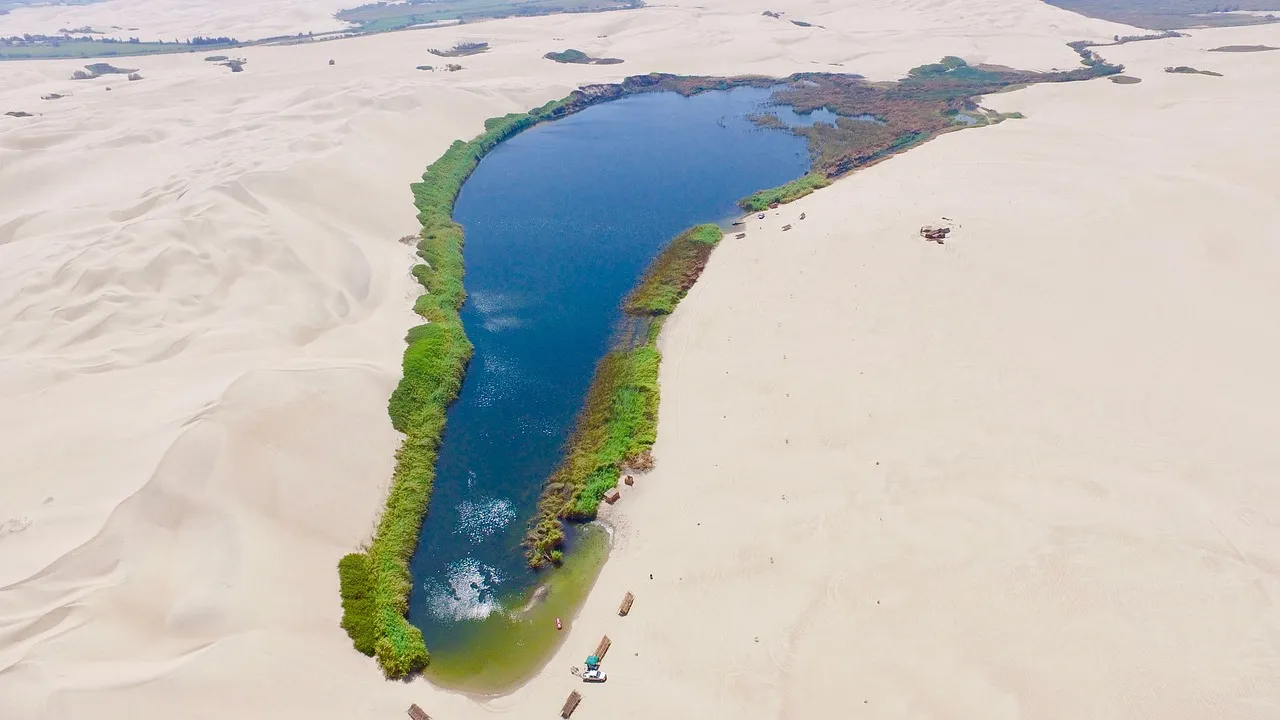
References:
https://www.nbcnews.com/mach/science/how-hauling-icebergs-could-help-sustain-world-s-thirstiest-regions-ncna898036
https://www.businessinsider.com/engineering-firm-tow-icebergs-antarctica-for-water
https://www.theguardian.com/environment/2017/may/05/could-towing-icebergs-to-hot-places-solve-the-worlds-water-shortage
Images are public domain.